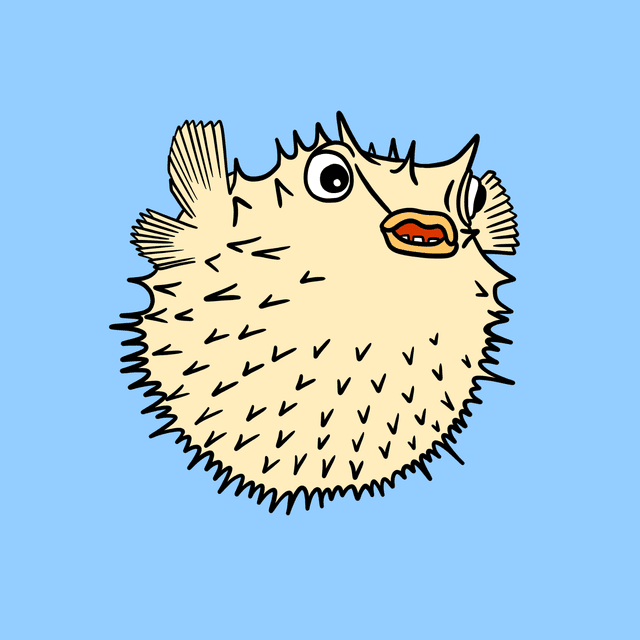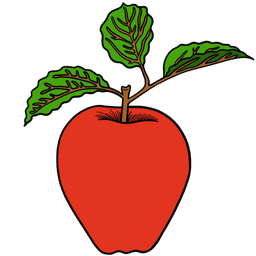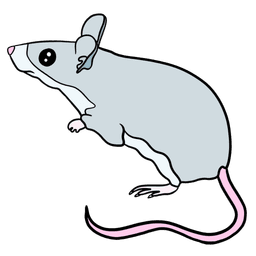Sections
Latest
Let's learn how to describe things in German, using adjectives.





In the previous lesson on colors, we started learning some helpful adjectives, such as: grün, blau, rot.

Let's add to our vocabulary, with some other German adjectives, which will help us to describe the subjects or objects of our sentences, making them more meaningful.
First, let's focus on the senses.
| Sense | Descriptions |
|---|---|
| taste | lecker (tasty), süß (sweet), salzig (salty) |
| touch | kalt (cold), heiß (hot), warm (warm) |
| sound | laut (loud), leise (quiet) |
| sight | schön (beautiful), hässlich (ugly), hell (bright), dunkel (dark) |
| smell | duftend (fragrant), stinkend (smelly), frisch (fresh) |
Now let's try to build a few sentences using some of these adjectives:

The type of adjective being used in our sentences here is called a predicative adjective. This type of adjective comes after a verb, as in the sentence: "der Apfel ist lecker".
To describe things we smell, it's also common to use the expression "das riecht nach...", which means "that smells like...". The sentence "Das riecht nach Rauch", for example, translates as "That smells like smoke". Likewise,
we may also use the expression "Das schmeckt nach...", which means "that
tastes like...". So, for example, "Das schmeckt nach Käse" means "that
tastes like cheese".
Let's have a look at some more German adjectives.



Once again, try to build a few sentences using the Size, Shape + Weight adjectives we've just learned:

Try to build a few sentences using the Emotions + Judgement adjectives we've just learned:

Try to build a few sentences using the Time adjectives we've just learned:

Well done! 🎉
You are starting to use adjectives in your sentences, other than the colors you've already learned!
Now, if you'd like to be more specific with your descriptions, there are a few words and phrases that can help us!
Sometimes, we may want to add or take away emphasis in our descriptions. Instead of simply saying that the day is cold, for example, you could say that the day is very cold, or too cold, or perhaps only a little cold.
Words like little or very modify the adjectives, to make their meaning more specific. Here is a list of such words and phrases that may come in handy:
Using what we've just learned, try out the exercise below:
Well done! 🎉
You are now able to be more specific with your descriptions, in German!
Head over to the next lesson: Adjective Declension